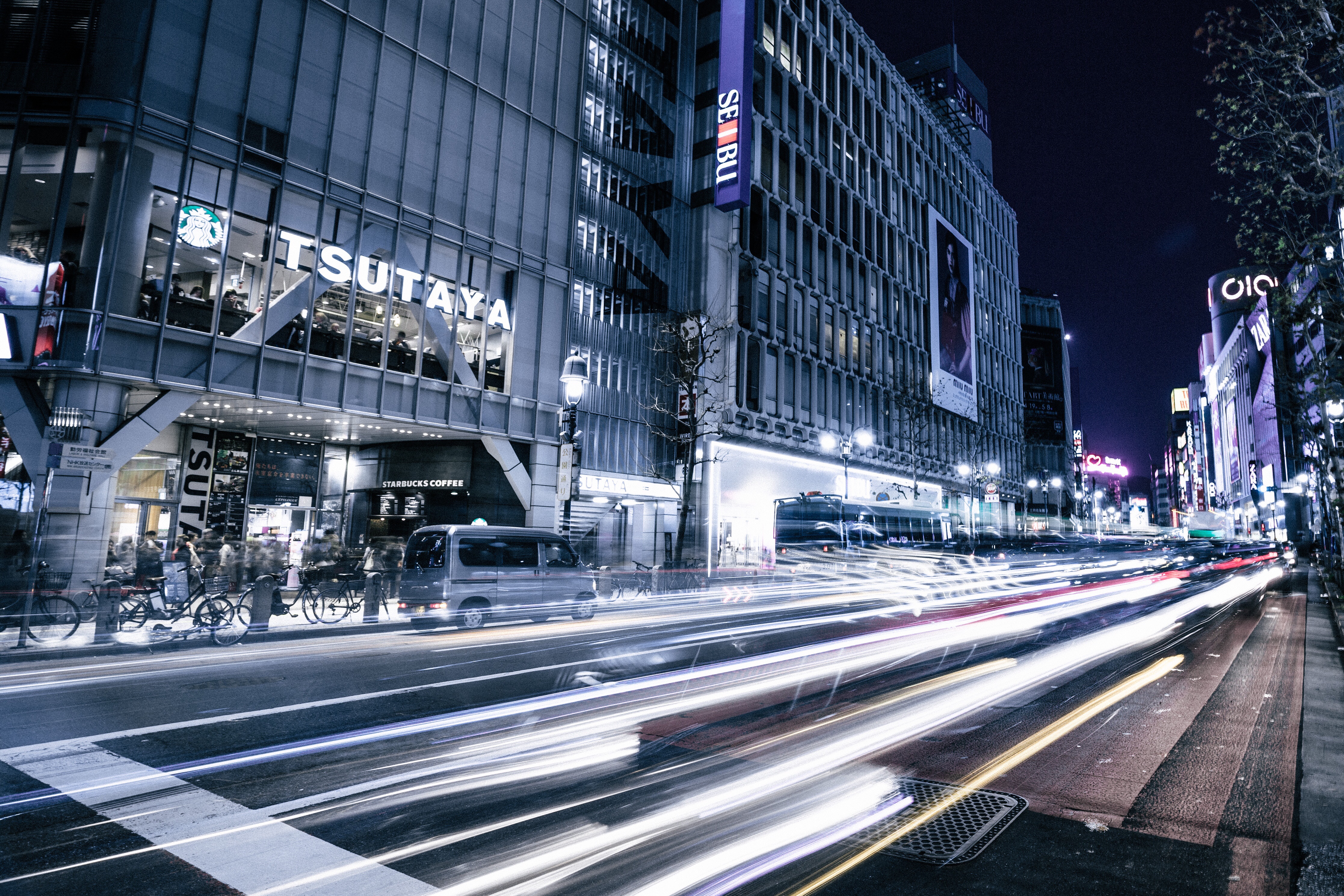
When working in Japan, have you ever had a time when you’ve had no idea what people where saying when you meet people in the office? You would say “hi”, but they would say お疲れ様です. At first, you would tell yourself that you must have heard wrong, but then the same scene would repeat on and on. Then you would start to wonder, there must be something appropriate to say and that I may not be saying the right greetings…
Are greetings different from other countries?
What are the basic greetings in Japan, and how do I respond to them?
What you will learn
The 4 basic greetings
I feel that I am credible to write this article because I have 7 years experience at a typical midsize Japenese firm. I have been working from fresh graduate where I had etiquette training, and been working as international sales, and corporate strategist.
1. Japanese business greetings are unique
 Japanese business greetings are totally unique and are different from Western countries. This may be due to Japan developing a unique culture being an island country. This unique culture had mixed together in the industrial era in the 19th century with the modern idea of corporate culture, and seems to give birth to a distinct business culture like no other.
Japanese business greetings are totally unique and are different from Western countries. This may be due to Japan developing a unique culture being an island country. This unique culture had mixed together in the industrial era in the 19th century with the modern idea of corporate culture, and seems to give birth to a distinct business culture like no other.
2. The 4 basic greetings
 If you remember these following 4 greetings, you won’t need another for the rest of your business career at a Japanese firm.
If you remember these following 4 greetings, you won’t need another for the rest of your business career at a Japanese firm.
2-1 “Osewani nari masu (お世話になります)”
“Osewani nari masu (お世話になります)” is basically saying “Hi” to someone outside of your company. This literally means “we appreciate doing business with you”, but is used to everyone outside your company. So whenever you meet someone in person, talk on the phone, or write e-mail, you begin with “osewani nari masu”. This applies to almost everyone, after you have met then first. Even if you don’t really appreciate doing business with a certain company, it is an etiquette to say so.
2-2 “Otsukare sama desu (お疲れ様です)”
“Otukare sama desu (お疲れ様です)” is also saying “Hi”, but to a colleague of yours. This means “I appreciate your hard work”, and is used to your colleagues and seniors. This is the most commonly used greeting internally. You would use this as the first word on the phone or on e-mail, as you would use hi.
2-3 “Shitsurei shimasu (失礼します)”
“Shitsurei shimasu (失礼します)”, literary means “excuse me” and are also used similarly. This greeting is used when entering a meeting room or boss’s room, or when you are leaving the office.
2-4 “Yoroshiku onegai shimasu (宜しくお願いします)”
“Yoroshiku onegai shimasu (宜しくお願いします)”, means “thank you for your understanding”, and are also used similarly as the English word. This is used when asking a customer’s understanding, and asking a colleague for help.
Summary

1. Japanese business greetings are unique
2. There are 4 basic greetings to remember